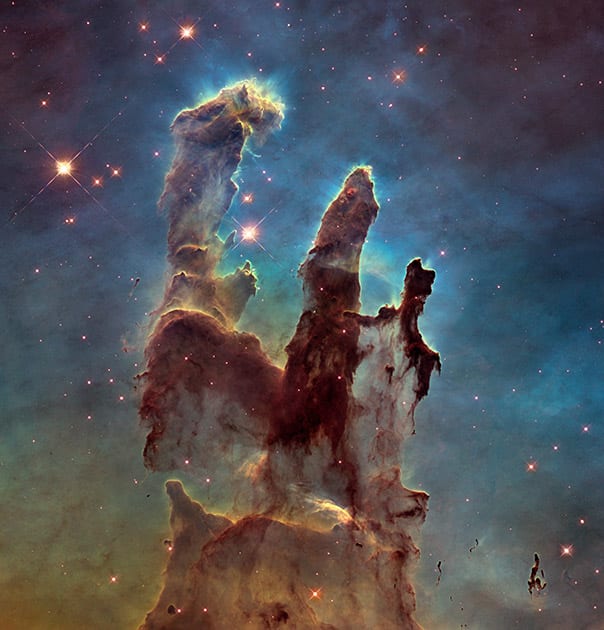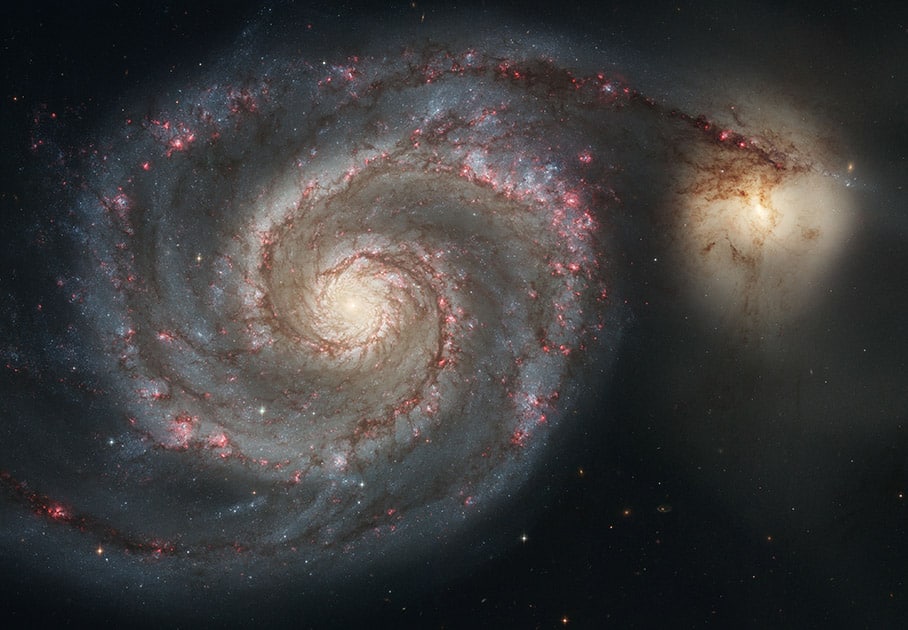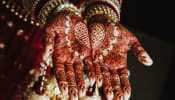1/17

This image made by the NASA/ESA Hubble Space Telescope shows the tip of the three-light-year-long pillar in a stellar nursery called the Carina Nebula, located 7500 light-years away from the Earth. Composed of gas and dust, the structure is illuminated by light from hot, massive stars off the top of the image. The Hubble Space Telescope marks its 25th anniversary.
2/17
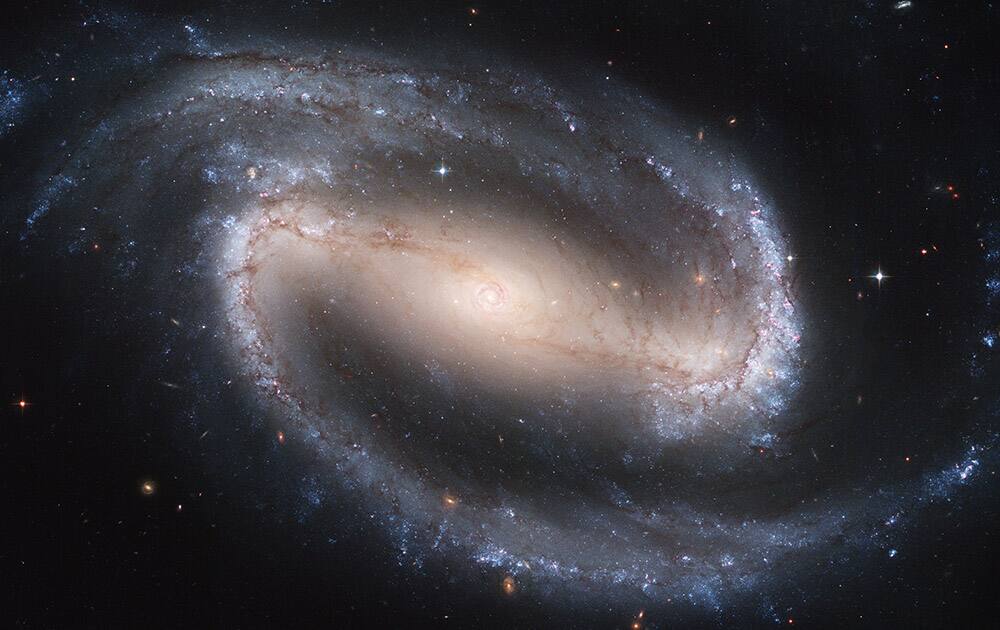
3/17
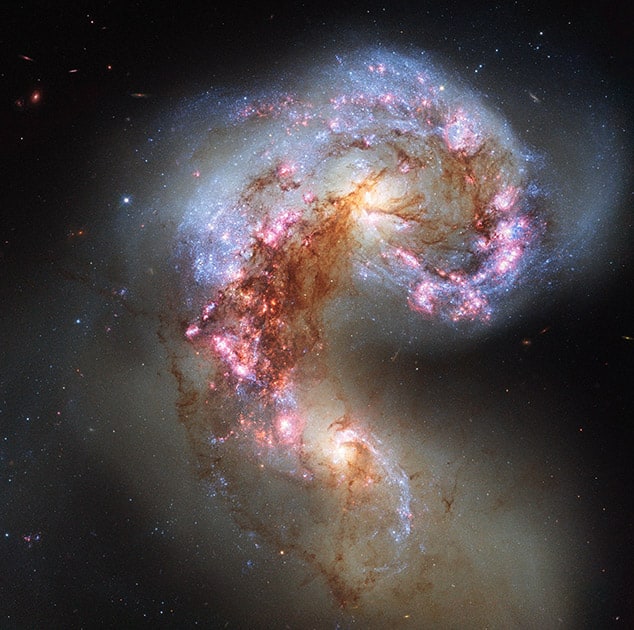
4/17
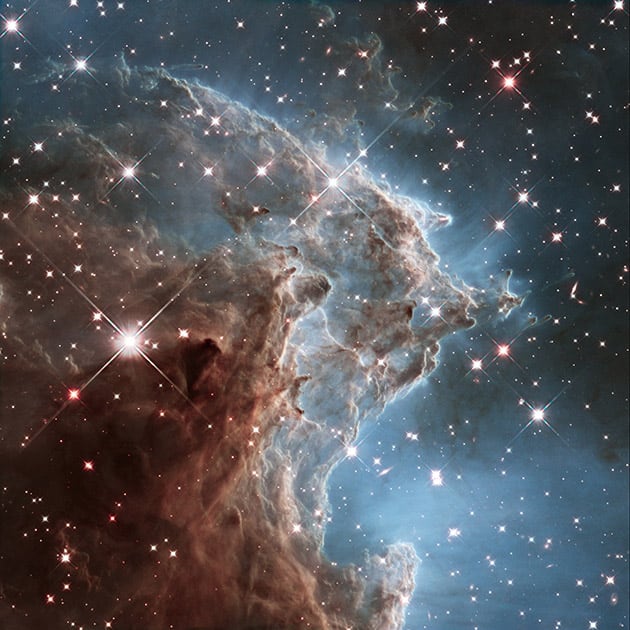
5/17
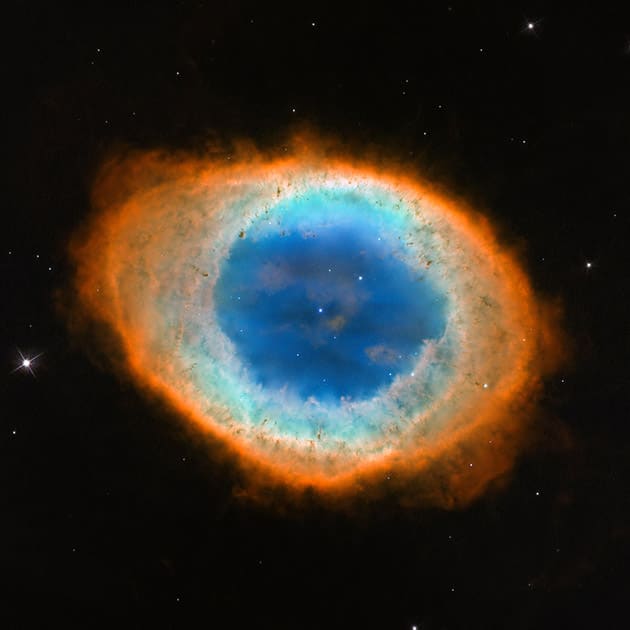
6/17
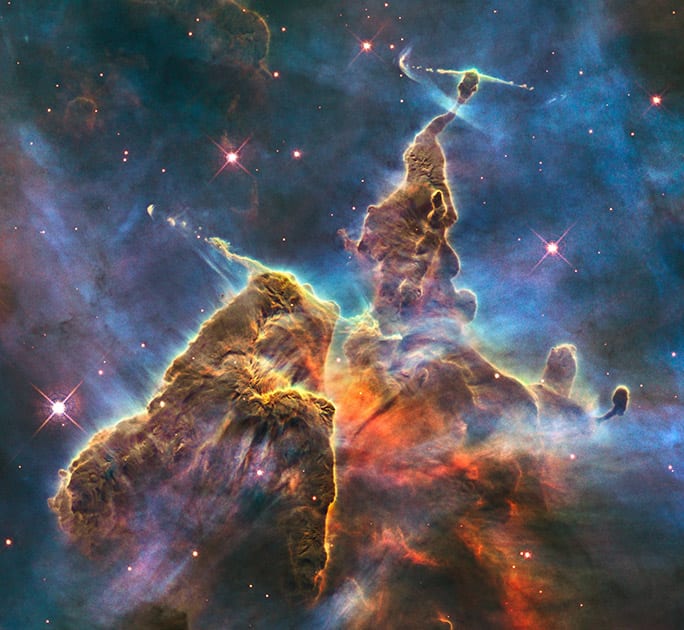
7/17
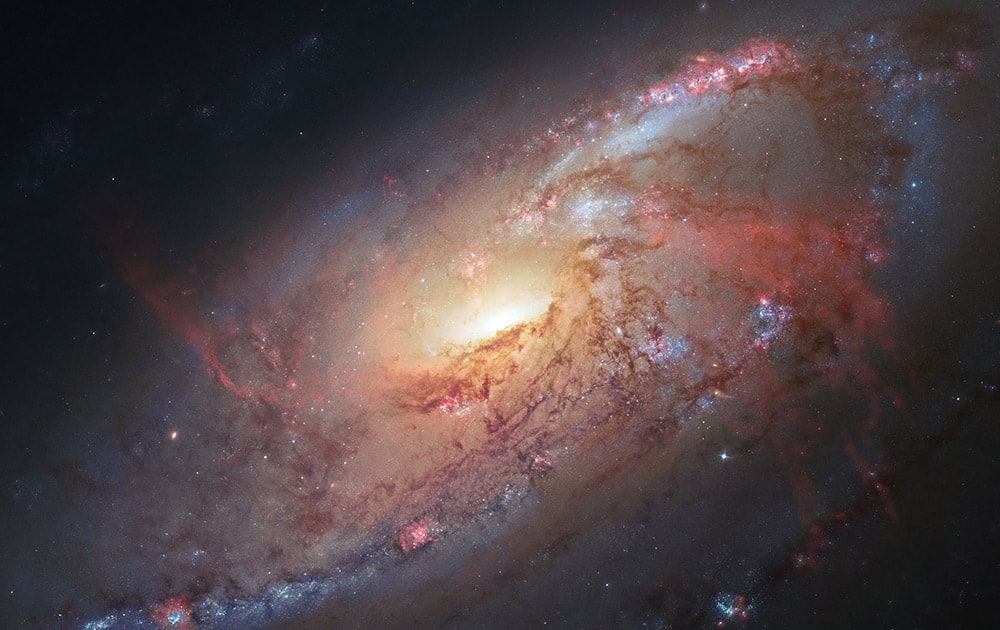
This image made by the NASA/ESA Hubble Space Telescope shows M106 with additional information captured by amateur astronomers Robert Gendler and Jay GaBany. Gendler combined Hubble data with his own observations to produce this color image. It is a relatively nearby spiral galaxy, a little over 20 million light-years away. The Hubble Space Telescope marks its 25th anniversary.
8/17
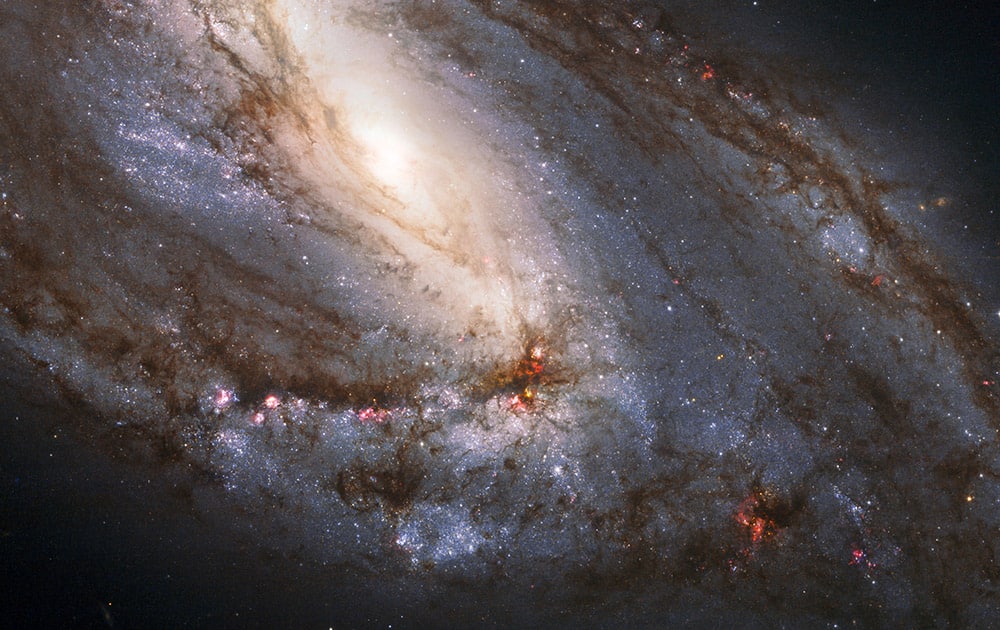
This image made by the NASA/ESA Hubble Space Telescope shows M66, the largest of the Leo Triplet galaxies. It has asymmetric spiral arms and an apparently displaced core most likely caused by the gravitational pull of the other two members of the trio. The Hubble Space Telescope marks its 25th anniversary.
9/17
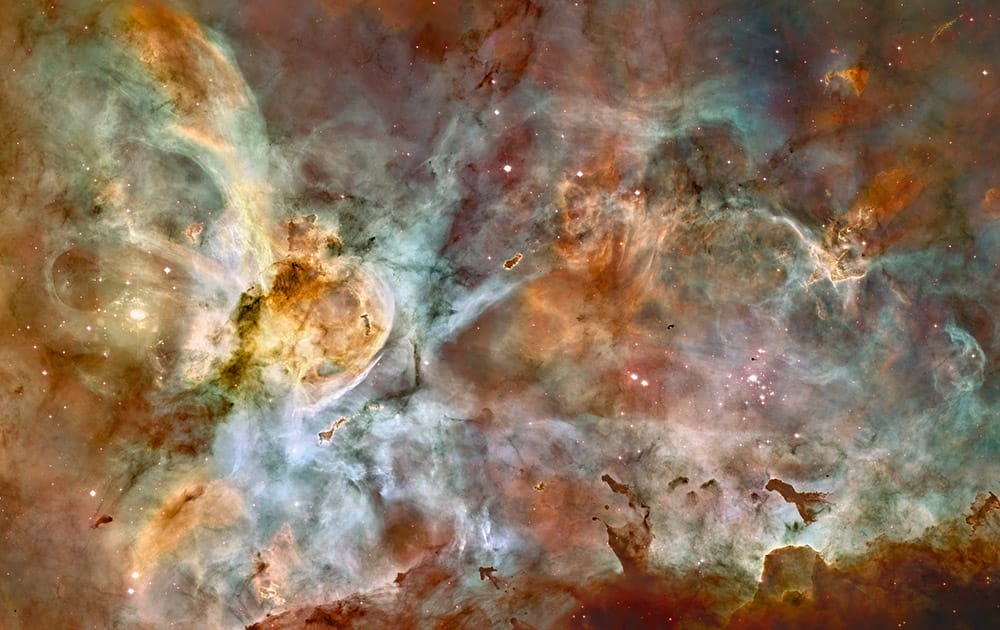
This false-color image made by the NASA/ESA Hubble Space Telescope shows the Carina Nebula. Outflowing winds and intense ultraviolet radiation from the large stars shape the material that is the last vestige of the giant cloud from which the stars were born. Red corresponds to sulfur, green to hydrogen, and blue to oxygen emission. The Hubble Space Telescope marks its 25th anniversary.
10/17
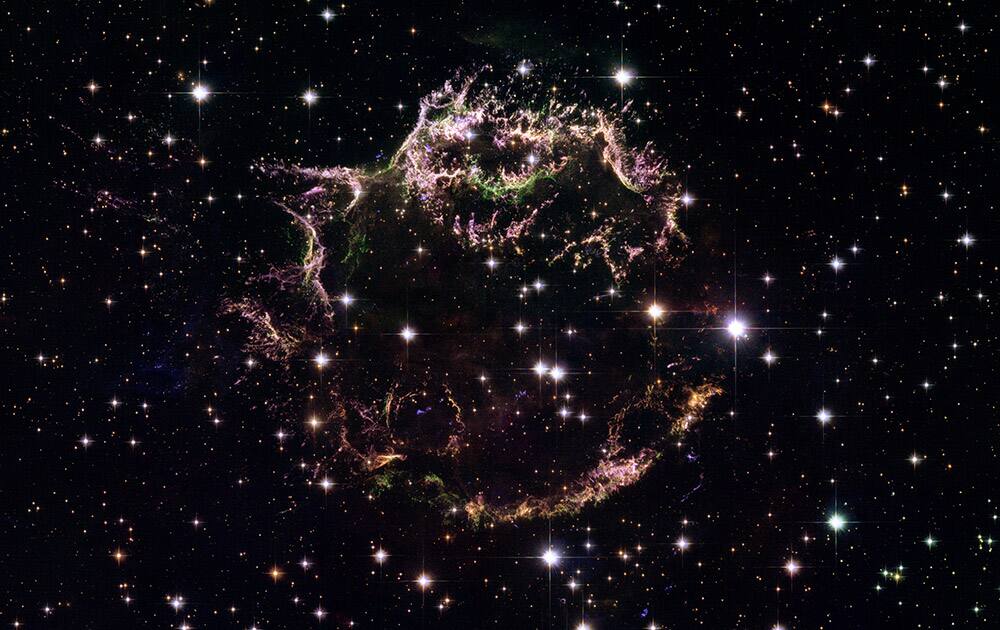
11/17
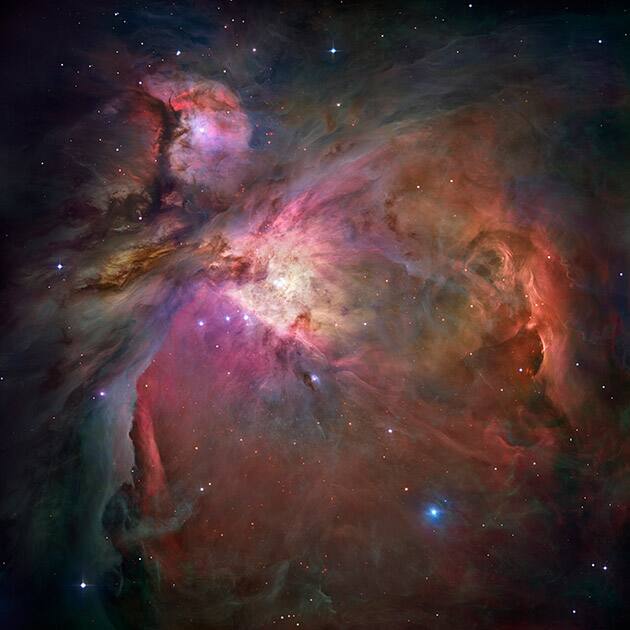
12/17
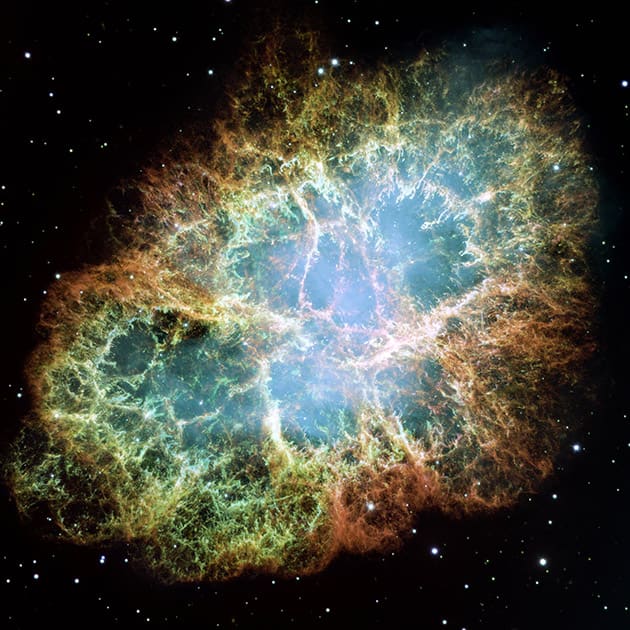
13/17
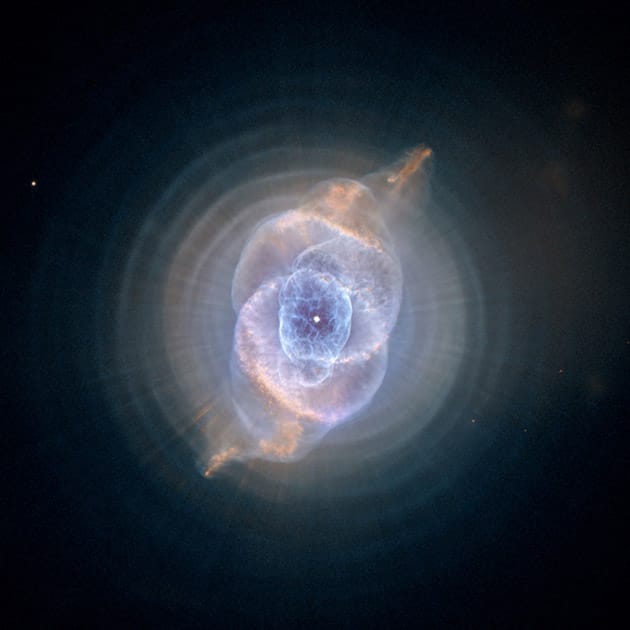
14/17

15/17

16/17
